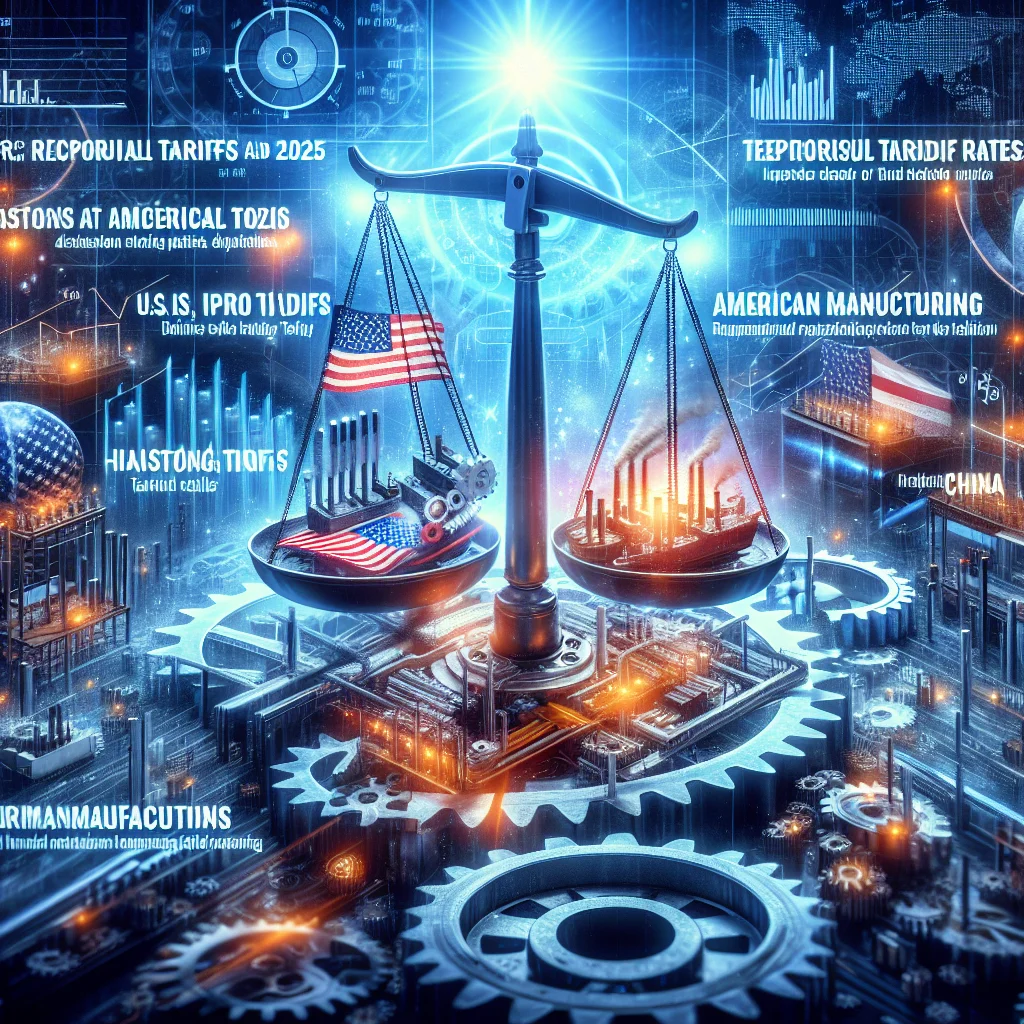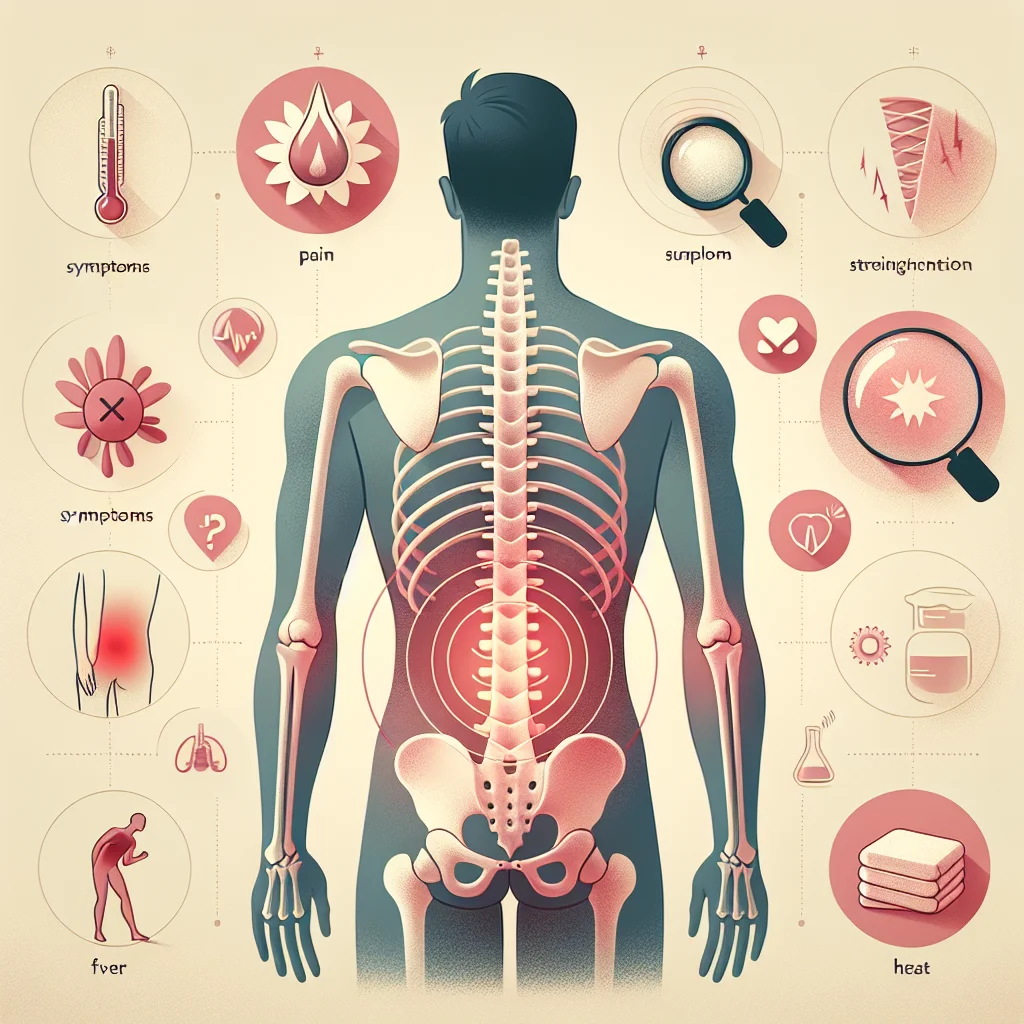
New US-Japan Trade Pact Imposes 15% Tariff on Select Goods
On July 22, 2025, former President Donald Trump revealed that the United States and Japan have reached a new trade agreement that includes a 15% tariff on certain Japanese imports. The announcement follows months of negotiations aimed at addressing longstanding trade imbalances and protecting critical American industries.
Details of the Trade Deal
The agreement, which was finalized after high-level discussions between US and Japanese officials, reportedly places a 15% tariff on Japanese automotive parts and select electronics entering the US market. In return, Japan has agreed to reduce tariffs on American agricultural products and increase import quotas for US beef and soybeans.
- 15% Tariff: Applied to Japanese car parts, consumer electronics, and select machinery
- Agricultural Provisions: Japan to lower tariffs on US beef, pork, and soybeans
- Market Access: Expanded quotas for American agricultural exports to Japan
Economic and Political Implications
Trump, who remains a prominent figure in the Republican Party, stated that the deal is a major victory for American workers and manufacturers. "This agreement puts American interests first and ensures fair competition with Japan," he said during a press conference in New York.
Japanese officials expressed cautious optimism but voiced concerns about the potential impact on their automotive sector, a cornerstone of Japan's economy. Industry analysts suggest the new tariffs could raise costs for US consumers and manufacturers who rely on Japanese components, while American farmers may benefit from expanded export opportunities.
Reactions from Business and Lawmakers
Major US auto manufacturers and electronics retailers have called for further clarification on the tariff's implementation timeline and product scope. Meanwhile, agricultural groups welcomed the increased market access, emphasizing the importance of stable trade relations with Japan, the world's third-largest economy.
On Capitol Hill, reactions were mixed. Some lawmakers praised the deal for prioritizing domestic industries, while others warned of possible retaliatory measures or higher prices for American consumers.
Next Steps
The trade agreement is expected to be submitted to Congress for review later this summer. Japanese lawmakers are also set to debate its ratification in the National Diet. Both governments have indicated that further negotiations may be necessary to address outstanding issues, including digital trade and intellectual property protections.
The US-Japan trade deal marks one of the most significant bilateral economic agreements of 2025 and is likely to influence future trade policies in the Asia-Pacific region.














